How to Care for a Pet Desert Blond Tarantula
Updated on 05/27/24
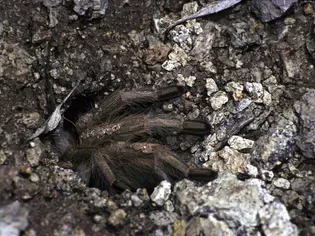
Unveiling the Enigmatic Desert Blond Tarantula: A Comprehensive Guide to Exceptional Care
Welcome to the fascinating world of the Desert Blond Tarantula (Aphonopelma chalcodes), a captivating creature that has enthralled arachnid enthusiasts for generations. Its distinctive golden-brown hues, docile temperament, and captivating web-building abilities make it an ideal species for both novice and experienced hobbyists alike. This comprehensive guide delves into the intricacies of Desert Blond Tarantula care, empowering you with the knowledge to provide an optimal habitat and ensure the well-being of your exotic pet.
Essential Habitat Requirements:
1. Enclosure: A spacious enclosure of at least 10 gallons is crucial for accommodating the Desert Blond Tarantula's terrestrial lifestyle. A combination of a glass or plastic tank and a lid with ample ventilation holes is recommended.
2. Substrate: Replicate the tarantula's natural desert environment with a 3-inch layer of a dry, moisture-retentive substrate such as coconut fiber, peat moss, or a combination of the two. This provides a suitable burrowing medium and helps maintain humidity levels.
3. Hideouts: Desert Blond Tarantulas require multiple hiding spots to retreat during daytime hours and when molting. Provide a variety of options, such as cork bark, hollow logs, or plastic plant pots with entrances.
4. Temperature and Humidity: Maintain an ambient temperature of 75-85°F (24-29°C) on the warm side of the enclosure and a humidity level of around 60-70%. Use a heat mat or a heating lamp with a thermostat to regulate temperature, and mist the enclosure regularly to maintain humidity.
5. Water: Provide a shallow water dish filled with fresh, clean water at all times. Tarantulas prefer to drink at night, so it's essential to ensure water availability during those hours.
Nutrition and Feeding:
Desert Blond Tarantulas are opportunistic feeders with a varied diet.
1. Prey Size: Feed your tarantula appropriately sized prey items, such as crickets, dubia roaches, and mealworms. The general rule of thumb is to offer prey that is no larger than the size of the tarantula's abdomen.
2. Feeding Frequency: Feed juvenile tarantulas 2-3 times per week, while adults can be fed every 1-2 weeks. Avoid overfeeding, as this can lead to health issues.
3. Supplements: Sprinkle occasional calcium supplements on the prey items to ensure adequate calcium intake for proper exoskeleton development.
Health and Molting:
1. Molting: Desert Blond Tarantulas molt regularly as they grow. During this process, they shed their old exoskeleton to make way for a new one. Molting can take several days, and it's important to avoid disturbing your tarantula during this time.
2. Common Health Conditions: While generally hardy, Desert Blond Tarantulas can be susceptible to certain health issues, such as dehydration, impaction, and respiratory infections. Regular monitoring and prompt veterinary care are essential for maintaining optimal health.
Handling and Socialization:
1. Handling: Desert Blond Tarantulas are relatively docile and can be handled with care. However, it's important to approach them slowly and gently, supporting their bodies from underneath. Avoid handling frequently, as this can stress the tarantula.
2. Socialization: Desert Blond Tarantulas are solitary creatures and do not require socialization. However, if you choose to house multiple tarantulas, ensure they are of different species and sizes to minimize aggression.
Conclusion:
Caring for a Desert Blond Tarantula is an enriching and rewarding experience that requires dedication and a deep understanding of its unique needs. By providing an optimal habitat, offering a balanced diet, monitoring health, and respecting its solitary nature, you can create a thriving environment for your enigmatic companion. The Desert Blond Tarantula's captivating beauty, fascinating behaviors, and relatively low maintenance make it an ideal pet for both arachnid enthusiasts and those seeking an extraordinary connection with the natural world.
Explore More Pets

Exotic Pet Species
Should You Keep a Chimpanzee as a Pet?

Exotic Pet Species
Should You Keep a Raccoon as a Pet?
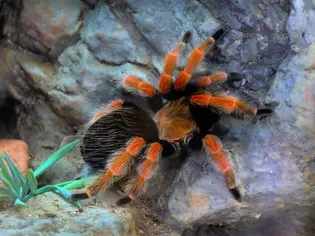
Exotic Pet Species
How to Care for a Pet Mexican Red-Knee Tarantula
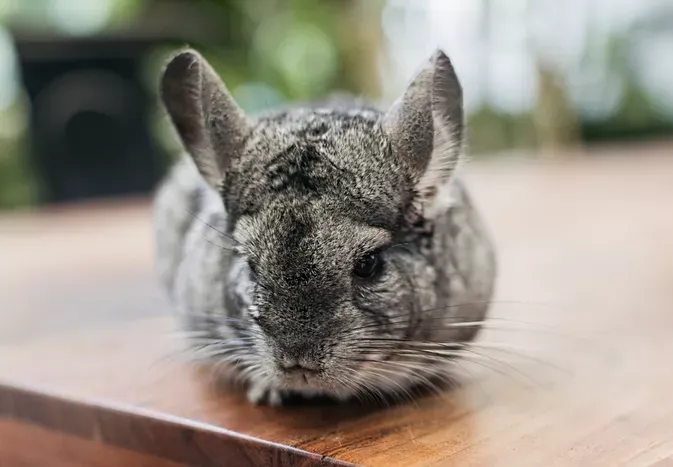
Exotic Pet Species
12 Best Exotic Pets for Apartment Living

Exotic Pet Species
Best Foxes to Keep as Pets
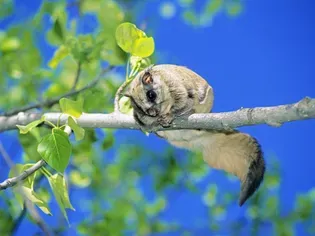
Exotic Pet Species
Should You Keep a Northern Flying Squirrel as a Pet?
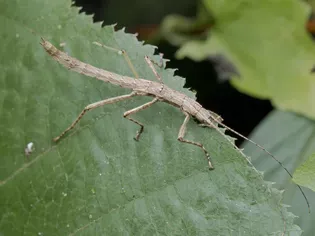
Exotic Pet Species
Should You Keep Stick Insect as a Pet?

Exotic Pet Species
Should You Keep a Big Cat as a Pet?
